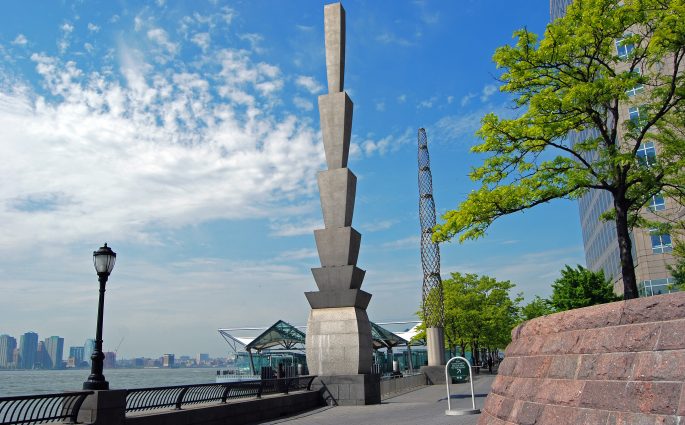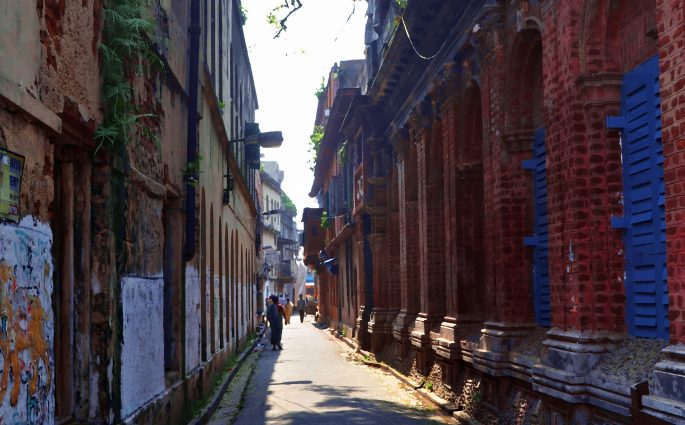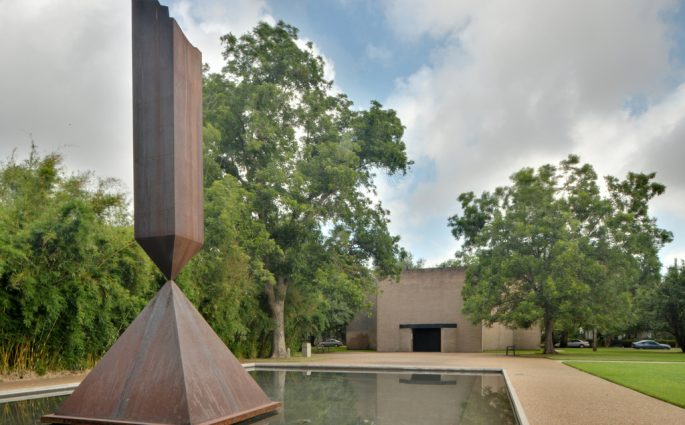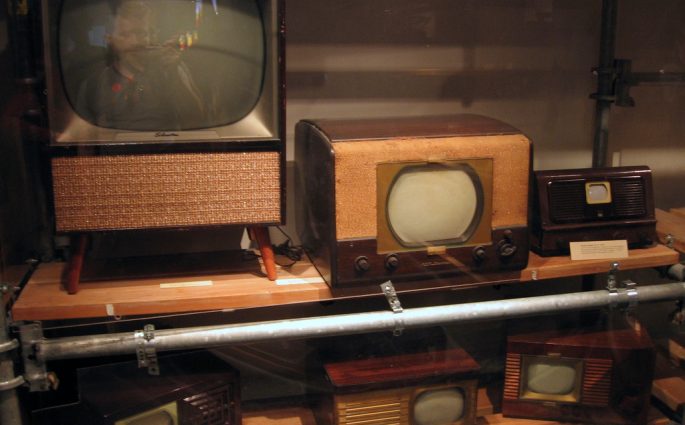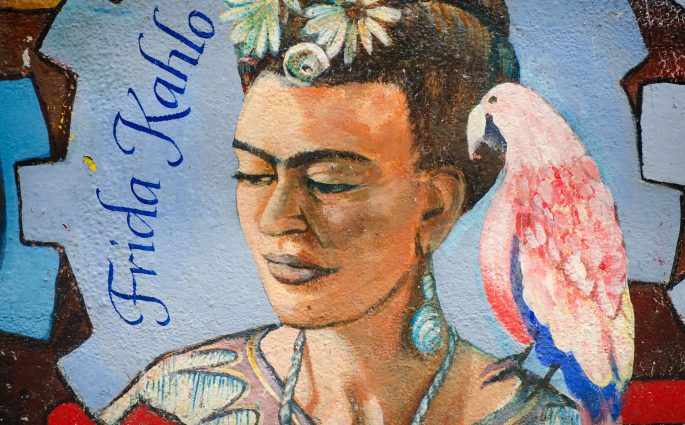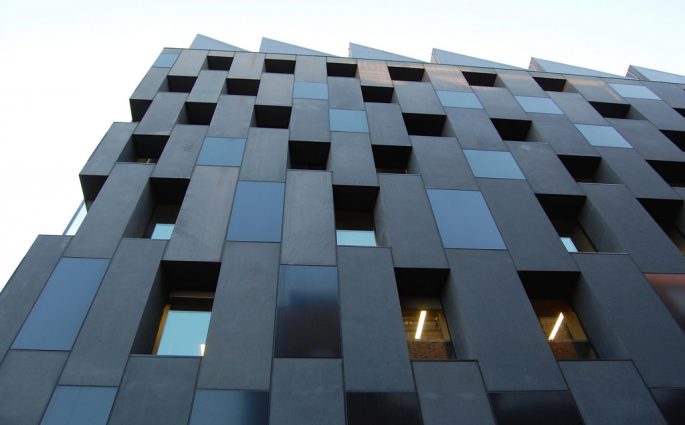Fluid Lines, Idealized Forms—The Art of Martin Puryear: Interview with Mark Pascale by David Ebony
David Ebony— How important is drawing for a sculptor? Among the most subtle of contemporary American abstract sculptors, Martin Puryear has produced elegant and sometimes astonishing drawings and prints over the past fifty years. The two-dimensional works often correspond to his sculptures, but they are not mere studies for 3-D

